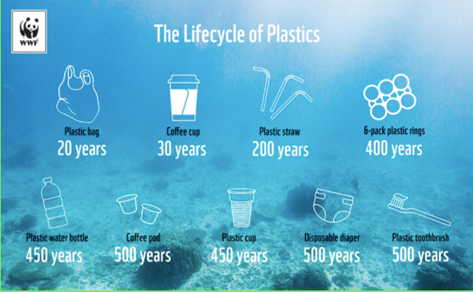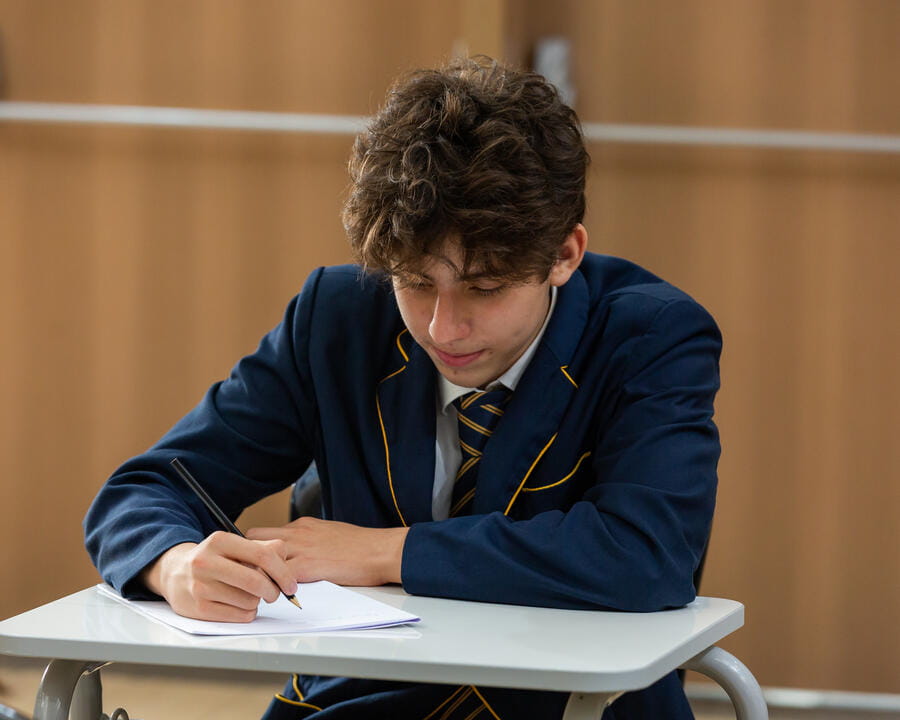Ocean of no Confidence
Over 70% of our planet’s surface is covered by water, and the oceans hold over 95% of it. So why do we mistreat our water supplies given how necessary it is to support life on Earth?
Over 70% of our planet’s surface is covered by water, and the oceans hold over 95% of it. So why do we mistreat our water supplies given how necessary it is to support life on Earth?
On my last day of Easter holiday at Praia Guaratuba near Bertioga, I was saddened to discover something that was part synthetic and part living.


Despite teaching about the topic of ‘Ocean Pollution’ in IBDP Geography, it is still a mystery to me as to how manufactured materials, such as this part of a power adaptor, ended up in the Atlantic Ocean. Such is the underestimated power of nature over time, these tiny Bilvalvia (marine molluscs), had made this piece of pollution their home.

The United Nations Development Programme (UNDP) reports that up to 20 million tonnes of plastic goes into the ocean every year (3kg per person each year). Fertilisers, manure and untreated sewage pollute the ocean at a rate of 1.4kg per person each year. This was also evident at Praia Guaratuba, where large streams of waste were directly being dumped into the sea from the backshore to the foreshore. This is increasingly problematic because it can cause dead zones in the ocean which kill marine wildlife. You can see evidence of this where there is sea foam forming on the beach. Finally, waste oil from vehicles and machines, along with other pollutants like mercury, are also introduced into the world’s oceans. This isn’t natural. We are the cause of this.

At the end of March 2021, Netflix released a new documentary called ‘Seaspiracy’. It addresses some important issues such as overfishing; plastic pollution; disease epidemics; and forced labour. Please note that this documentary has an Age 16 Rating restriction, so some of the content is not suitable for younger audiences.
It was poignant, given how I had just finished watching this documentary before making my finding at Praia Guaratuba. British filmmaker, Ali Tabrizi, created this project in the hope of showing the world what we stand to lose if we continue to allow industries to run rampant across our blue planet.
It is worth pointing out that, despite Ali’s final verdict that humans should stop eating fish, he fails to point out that choosing to abstain from consuming seafood is not a realistic choice for the hundreds of millions of people around the world who depend on coastal fisheries – many of whom are also facing poverty, hunger and malnutrition. Additionally, the Marine Stewardship Council (MSC) since responded to claims in the documentary, asserting that sustainable fishing is possible.

When observing the infographic above from the World Wide Fund for Nature (WWF), it is clear that any pollution from our daily lives that end up in our planet’s oceans clearly do not just go away. Worse yet, they are poisoning us.
When plastic pollution breaks down into small pieces called microplastics, zooplankton (the base of the entire oceanic food web) consume these, which inevitably leads to us consuming it too as it moves along the food chain. Transnational Companies (TNCs) are choosing to manufacture something that will be used only once, from a material that can last forever. Heavy metals and other contaminants can accumulate in seafood, making it harmful for humans to consume. TNCs and Governments must be held accountable for their lack of prevention.
Perhaps even more distressing is the impact on millions of animals killed by plastics each year. Nearly every species of seabird eats plastics. Most of the deaths to animals are caused by entanglement or starvation. Seals, whales, turtles, and others are strangled by abandoned gear from fishermen or discarded waste from a trip to the beach. Plastics have been found to have blocked digestive tracts or pierced organs, causing death. Stomachs so packed with plastics reduce the urge to eat, causing starvation.


The solution is to prevent plastic waste from entering rivers and seas in the first place. Local, national, and international efforts are needed to address this environmental problem.So, I hear you ask… what can we do?
Legal efforts have been made at the international and national levels to address marine pollution. However, these laws are poorly enforced due to limited resources, so many stakeholders are not obeying them. Governments, research institutions and TNCs need to work collaboratively redesigning products, and rethink their usage and disposal, in order to reduce microplastic pollution.


Many supermarkets from around the world, including here in Sao Paulo, are actively safeguarding the ecological and sustainable nature of its range of products and the packaging they come in. Customers take in their own containers and wrappers and reuse them, preventing any unnecessary waste. It is becoming possible to do a full shop, including drinks, personal hygiene and household cleaning products. This sustainable movement is gathering pace and popularity but requires more suppliers to get on board and meet a wider range of goods that meet the demands of their customers.TNCs, such as Adidas, are attempting to eradicate plastic waste with innovation. As they continue to address their overall carbon footprint, Adidas are shifting to using 100% recycled polyester in their products by 2024. Soon, consumers will be having a positive influence on the global environment without even realising it.
The simple message is that we must do all we can to protect our oceans. Full of wonderful wildlife, these healthy ecosystems help support our planet. Not only do our oceans provide essential habitats for up to 80% of all life on Earth, it also produces over half the world’s oxygen supply and absorbs 4 times the amount of carbon dioxide as the Amazon Rainforest.
For more information about what you can do personally for our planet’s oceans, please visit the Natural Resources Defense Council’s (NRDC) website to read about 10 ways to reduce plastic pollution.
https://www.nrdc.org/stories/10-ways-reduce-plastic-pollution














